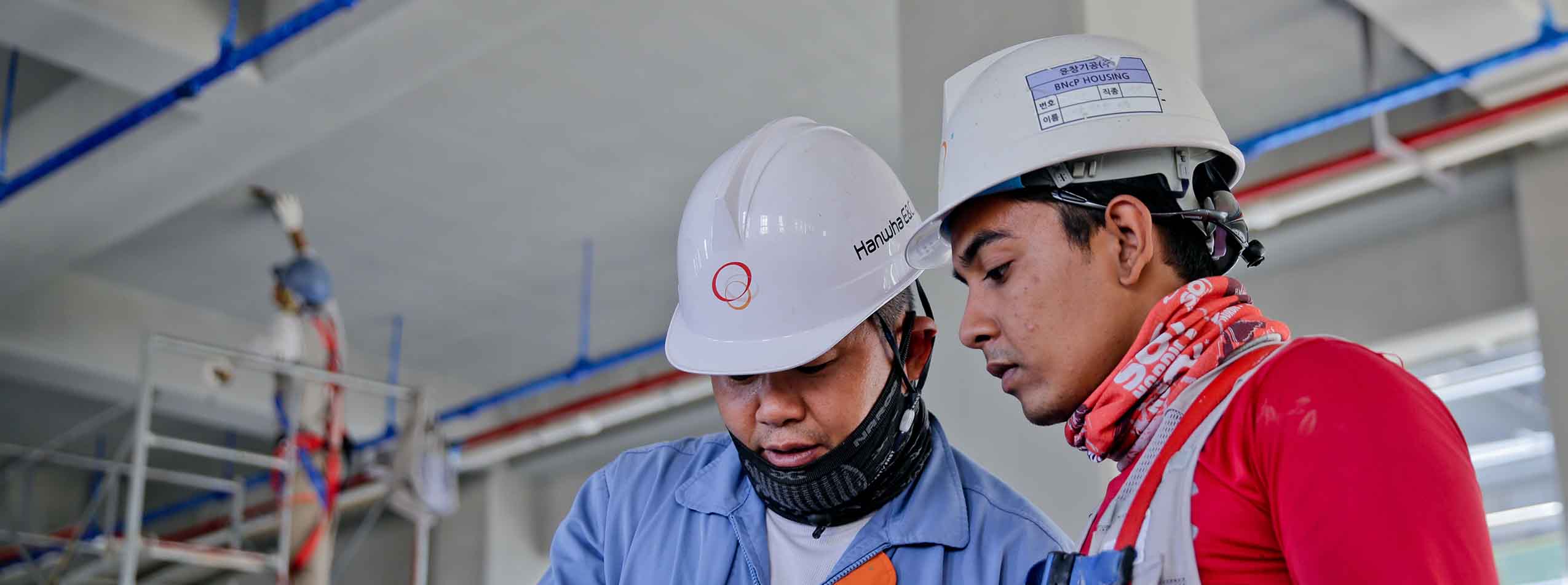As the world grapples with the relentless spread of COVID-19, a silent crisis lurks in the shadows, waiting to pounce on our collective well-being. It doesn’t take an expert to predict that the impact of this pandemic on mental health will be substantial and far-reaching. The World Health Organization has sounded the alarm, warning us of an imminent global mental health crisis in the aftermath of this virus.
While construction workers were among the first to resume their duties as lockdown measures eased in England, many never ceased their essential work. However, for a significant number of these workers, deep-seated anxiety persists.
Construction’s Unique Challenge
The construction industry faces a distinctive challenge when it comes to mental health. The culture permeating construction sites and the nature of the work often create barriers that make it difficult for workers to address their mental health concerns openly. Unfortunately, the COVID-19 crisis can potentially exacerbate these challenges if we fail to challenge the prevailing attitudes towards mental health.
Construction sites are typically male-dominated environments, which renders them particularly vulnerable to the barriers men commonly face regarding mental health. The Mental Health Foundation highlights that men are more prone to suffer in silence, while the Samaritans reveal that men are three times more likely to die by suicide than women.
“A recognised truth within my profession is that men struggle to express their emotions. Some perceive it as a weakness, leading them to suffer silently.”
My profession widely recognises that men struggle to express their emotions. Some perceive it as a weakness, leading them to suffer silently. Additionally, the absence of naturally occurring confidential platforms for discussions with managers or site leaders further compounds the problem. Consequently, there is a grave risk of mental health issues going unnoticed. Construction companies must cultivate an environment that fosters openness and confidentiality to prevent people from slipping through the cracks. Normalising discussions about colleague well-being during team and one-on-one meetings is crucial to achieving this.
Encouraging senior colleagues to lead by example and share their own experiences of mental health will help establish a culture where discussing mental well-being is not a barrier to career progression. While this is a crucial step, more is needed. Equipping line managers with the necessary skills to engage in these conversations is vital, as it enables employees to feel more at ease when disclosing their struggles. Early detection allows for the provision of reasonable adjustments and appropriate treatments before issues escalate.
Implementing rapid and anonymous surveys that serve as accurate “temperature checks” on mental health in the workplace can provide valuable insights into companies’ approaches to supporting their workforce. It is worth noting that research suggests these surveys tend to underestimate the true scale of the problem, even with anonymous disclosure. Nevertheless, they serve as a helpful guide in identifying the underlying factors driving mental health concerns within the workplace.
Confidentiality lies at the heart of all these efforts. Evidence demonstrates that individuals are unlikely to open up about their mental health if they believe their privacy will not be respected. Ensuring that issues are kept private is a critical factor in the success of any health and well-being strategy. To address this, companies can encourage the utilisation of their employee assistance programs (EAPs) or provide access to occupational health professionals who can offer expert clinical services when needed.
The COVID-19 Factor
Returning to work amidst the pandemic induces understandable anxiety in people. They may have experienced the loss of a family member or be dealing with challenges at home that heighten their stress levels regarding their return to the workplace.
Employers must diligently follow the latest and most effective guidance on operating during the outbreak and communicate this clearly to their employees to assuage concerns.




